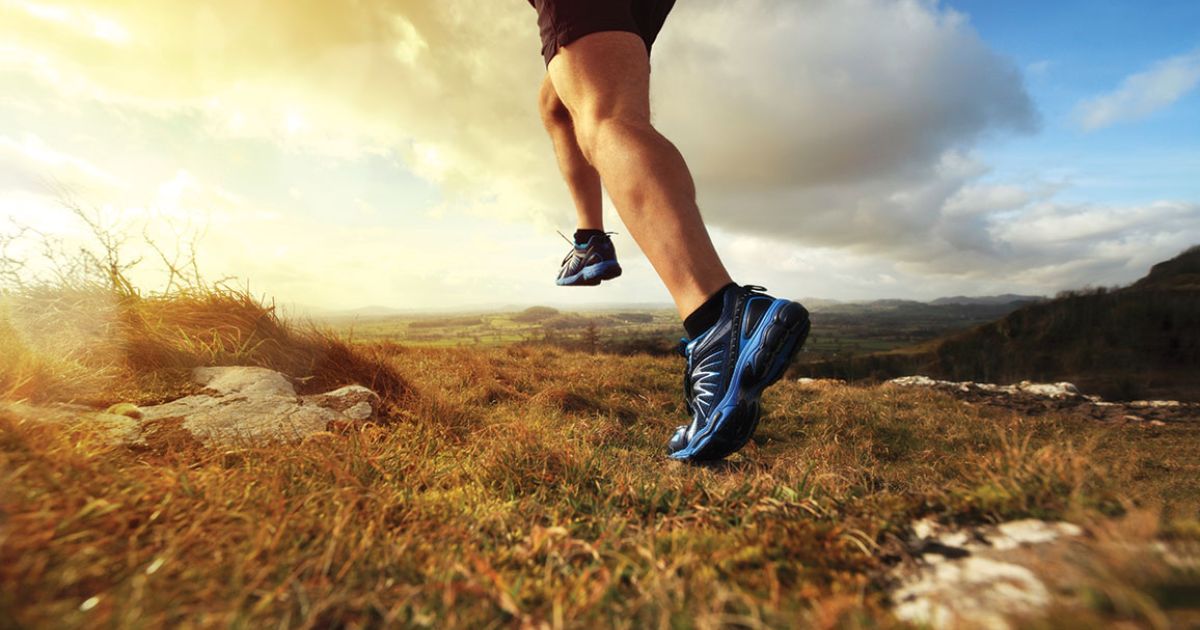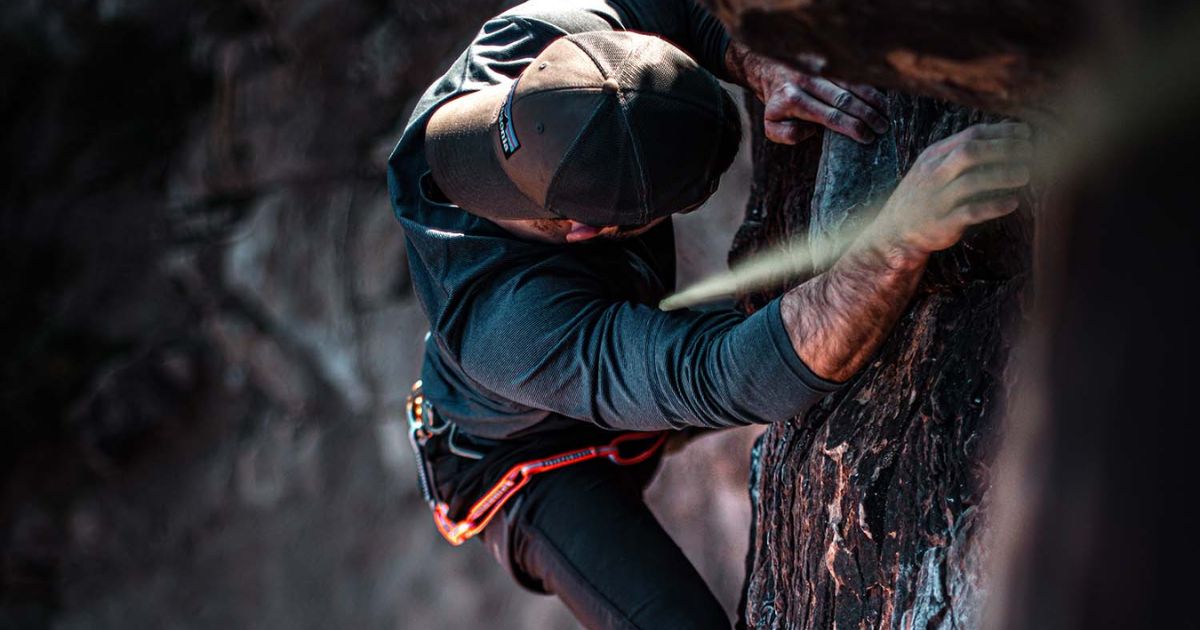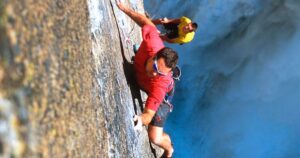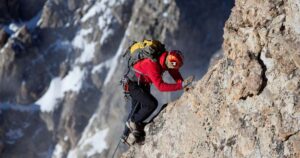Rock climbing, a thrilling and exhilarating sport that pushes both physical and mental limits, has always been associated with an element of danger. However, understanding the true extent of this danger requires a closer examination of its various aspects. From the unpredictable nature of the sport to the potential risks of falling, equipment failure, and environmental factors, this article aims to provide an informative and engaging exploration of just how dangerous rock climbing can truly be. Whether you are a seasoned climber or simply curious about the sport, join us as we unravel the realities and complexities of the climbing world.
Key Takeaways
- Rock climbing requires unique skills, mental resilience, and the ability to stay focused in high-pressure situations.
- Climbers must have strength, endurance, and flexibility to navigate challenging terrains and complete climbs that can last for hours or even days.
- Falling from great heights is a significant hazard in rock climbing, and safety measures such as wearing helmets and using proper equipment should be taken to minimize the risk.
- Adequate training, experience, and knowledge of equipment use and care are crucial for mitigating the risks associated with rock climbing.
Nature of the Sport
Rock climbing, including Rock Climbing Cardio, is an inherently challenging and physically demanding activity that requires a unique set of skills and techniques. However, its allure lies not only in the physicality of the sport but also in the mental resilience it builds and the art of route planning. Mental resilience is crucial in rock climbing, as it involves overcoming fear, managing stress, and staying focused in high-pressure situations.
The ability to remain calm and composed while navigating challenging routes is what sets successful climbers apart. Additionally, route planning is a key aspect of rock climbing, where climbers analyze the terrain, identify potential challenges, and strategize the best way to ascend. This process requires careful consideration of factors such as the difficulty level, available holds, and potential hazards. Mastering the art of route planning enhances the overall climbing experience and ensures a safe and successful ascent.
Physical Demands
The physical demands of rock climbing require a high level of strength, endurance, and flexibility. Climbers must possess the physical fitness to navigate steep and challenging terrains, often relying on their upper body strength to pull themselves up. Endurance is crucial as climbs can take hours or even days to complete. Flexibility allows climbers to maneuver their bodies in tight spaces and maintain balance on narrow ledges.
In order to prevent injuries, climbers must engage in specific training exercises that target the muscles used during climbing, such as finger strength exercises and core workouts. Regular stretching routines can also help prevent muscle strains and improve flexibility. The physical fitness benefits of rock climbing include improved cardiovascular health, increased muscle strength, and enhanced agility.
| Physical Demands | Required Skills | Benefits |
|---|---|---|
| Strength | Upper body strength | Increased muscle strength |
| Endurance | Stamina | Improved cardiovascular health |
| Flexibility | Balance | Enhanced agility |
Falling Hazards
Falling hazards are a significant concern in rock climbing due to the potential risks and injuries involved. Rock climbers are constantly exposed to the dangers of falling from great heights, which can result in severe injuries or even death. It is crucial for climbers to be aware of these risks and take appropriate safety measures to minimize the chances of accidents.
Rock climbing injuries often occur when climbers lose their balance, grip, or footing. This can happen due to fatigue, lack of concentration, or simply misjudgment. Safety protocols, such as wearing a helmet and using proper climbing equipment, can greatly reduce the impact of falls and protect climbers from head injuries.
Furthermore, climbers are encouraged to practice good communication and teamwork while climbing. Spotting each other, providing verbal guidance, and using safety ropes are essential techniques to prevent falls and ensure the well-being of the entire climbing party.
As we delve into the discussion of falling hazards, it is essential to understand another potential risk in rock climbing: equipment failure.
Equipment Failure
One of the potential risks climbers face in rock climbing is the failure of their equipment. Climbing accidents can occur when gear, such as ropes, carabiners, or harnesses, fails to withstand the stress placed on them. Proper maintenance of climbing equipment is crucial to ensure its reliability and safety. Regular inspection and replacement of worn-out or damaged gear is necessary to prevent equipment failure during climbs.
Climbers must also be knowledgeable about the proper use and care of their equipment, as misuse or negligence can lead to accidents. Engaging in a culture of safety within the climbing community, where experienced climbers mentor and educate beginners, can further enhance the understanding of equipment maintenance and reduce the risk of failures. By taking these precautions, climbers can mitigate the dangers associated with equipment failure and enjoy a safer climbing experience.
Environmental Factors
Climbing in the outdoors exposes rock climbers to a variety of environmental factors that can significantly impact their safety. When it comes to rock climbing, the weather conditions play a crucial role. Rain, snow, or extreme heat can make the rock surfaces slippery and increase the risk of falls. Additionally, strong winds can make it difficult to maintain balance and control while climbing.
The natural rock formations themselves also pose potential dangers. Loose rocks, unstable ledges, and crumbling holds can make the climb unpredictable and increase the chances of accidents. Furthermore, changes in the terrain such as cracks or crevices can present unexpected challenges and require climbers to adapt their techniques on the spot.
Understanding and respecting these environmental factors is essential for rock climbers. By closely monitoring the weather conditions and carefully assessing the natural rock formations, climbers can make informed decisions to ensure their safety and the success of their climb.
Inadequate Training and Experience
Novice climbers who lack proper training and experience face increased risks when participating in rock climbing activities. The lack of knowledge and understanding of essential techniques and safety measures can lead to disastrous consequences. Without the necessary training, climbers are more likely to engage in risky behavior, such as improper use of equipment or failure to assess potential dangers.
Inadequate experience also hampers climbers’ ability to make quick and informed decisions in challenging situations, further increasing the chances of accidents. Just like any other sport or activity, rock climbing requires a solid foundation of skills and knowledge to ensure safety. It is crucial for novice climbers to invest time and effort into obtaining proper training and gaining experience under the guidance of qualified instructors to mitigate the risks associated with inadequate training and experience.
Safety Precautions
When it comes to rock climbing, safety precautions are of utmost importance. The gear and equipment used must be reliable and well-maintained, as they can mean the difference between life and death. Additionally, proper training and experience are crucial in order to navigate the challenges and risks that come with this thrilling sport. Lastly, a thorough risk assessment and management plan should be in place to ensure the safety of climbers.
Gear and Equipment Importance
Proper gear and equipment are essential for ensuring the safety of rock climbers. When it comes to rock climbing, safety should be the top priority, and having the right gear can make all the difference. Here are some important safety measures to consider when choosing gear for rock climbing:
- Harness: A well-fitted harness is crucial for distributing the weight and providing support during climbs. It should be comfortable, adjustable, and certified for rock climbing.
- Helmet: Protecting your head from falling rocks or accidental falls is vital, so investing in a sturdy and properly fitting helmet is a must.
- Climbing shoes: Specially designed climbing shoes provide grip and stability on various terrains, enhancing your performance and reducing the risk of slipping.
Training and Experience Necessary
One must have adequate training and experience in order to ensure safety while rock climbing. Rock climbing requires not only physical strength but also mental strength. It is essential to have the mental strength to stay focused and make quick decisions in challenging situations while climbing. Training sessions can help climbers develop this mental strength by exposing them to various scenarios and teaching them how to handle fear and uncertainty.
Additionally, proper training ensures that climbers are aware of injury-prevention techniques. These techniques include learning proper climbing techniques, understanding how to use safety equipment correctly, and knowing how to assess and mitigate risks. By having the necessary training and experience, climbers can minimize the risks associated with rock climbing and enjoy this thrilling activity safely.
Risk Assessment and Management
To ensure the safety of rock climbers, a thorough risk assessment and effective management of safety precautions are crucial. Rock climbing inherently involves risks, but with proper risk assessment and management, these risks can be mitigated to a great extent. Here are some key safety precautions that are commonly employed in the rock-climbing community:
- Regular inspection and maintenance of climbing equipment, such as ropes, harnesses, and carabiners, to ensure their integrity and reliability.
- Adequate training and education on climbing techniques, safety protocols, and emergency procedures.
- Implementation of proper communication systems and protocols, including clear signals and effective team coordination.
Risk Management Strategies
Implementing effective risk management strategies is crucial for ensuring the safety of rock climbers. Climbing accidents can happen due to various factors such as equipment failure, environmental conditions, or human error. To minimize the risks, climbers must adhere to safety protocols designed to protect them during their ascent. These protocols include thorough equipment checks before each climb, proper training and education on climbing techniques and safety measures, and the use of appropriate safety gear such as helmets and harnesses.
Additionally, climbers should always be aware of their own limitations and capabilities, and make informed decisions about when to push themselves and when to retreat. Regular communication and collaboration with fellow climbers also play a vital role in ensuring everyone’s safety. By implementing these risk management strategies, rock climbers can enjoy their sport while minimizing potential dangers.
Frequently Asked Questions
What Are the Most Common Injuries Sustained in Rock Climbing?
The most common injuries sustained in rock climbing can range from sprained ankles and wrist fractures to more serious injuries such as head trauma and spinal injuries. Proper use of rock climbing equipment and adherence to safety measures can significantly reduce the risk of these injuries.
Are There Any Specific Health Conditions or Physical Limitations That Would Make Rock Climbing More Dangerous?
Rock climbing can be more dangerous for individuals with certain physical limitations or health conditions. These factors can increase the risk of accidents or injuries while participating in the sport.
How Often Do Rock Climbers Encounter Wildlife or Natural Hazards While Climbing?
Rock climbers often encounter wildlife and natural hazards during their climbs. From rattlesnakes to avalanches, these encounters can be unpredictable and potentially dangerous. It is important for climbers to be aware of their surroundings and take necessary precautions to mitigate risks.
Can Weather Conditions Significantly Impact the Safety of Rock Climbing?
Weather conditions can significantly impact the safety of rock climbing. Extreme temperatures, high winds, rain, and lightning pose serious risks to climbers. It is crucial to monitor weather forecasts, prepare accordingly, and make informed decisions to ensure a safe climbing experience.
What Are Some Common Mistakes That Beginner Climbers Make That Increase Their Risk of Accidents?
Common mistakes made by beginner climbers can significantly increase their risk of accidents. It is crucial to prioritize safety precautions such as proper equipment use, thorough route planning, and adequate training to mitigate potential dangers.
Conclusion
In conclusion, rock climbing is undoubtedly a challenging and thrilling sport that comes with inherent risks. The physical demands, falling hazards, equipment failure, and environmental factors make it a dangerous activity. However, with proper training, experience, and safety precautions, these risks can be minimized. As the saying goes, “Every mountain top is within reach if you just keep climbing.” So, while rock climbing can be dangerous, it is also a rewarding and exhilarating experience for those who are prepared and take the necessary precautions.










